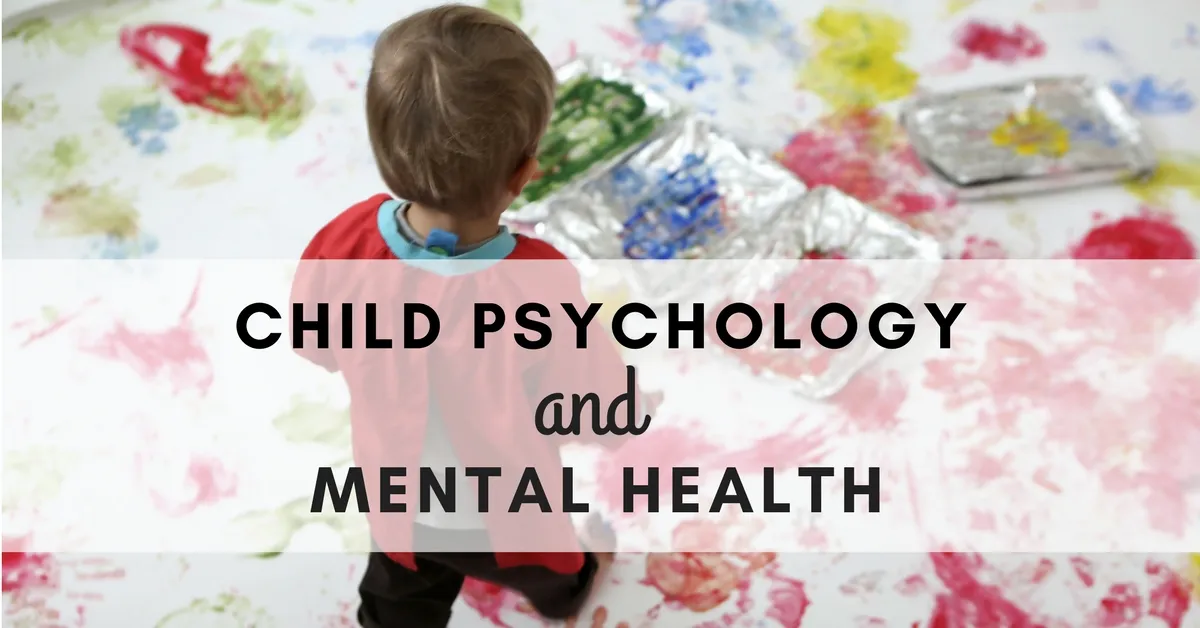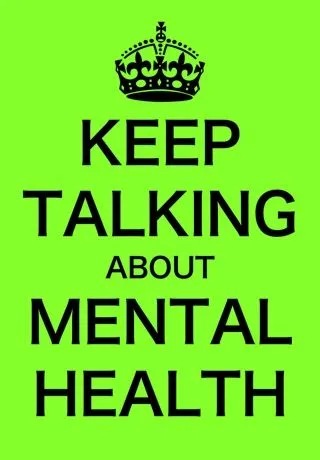
(Photo courtesy of The Child Development Institute Online)
Anger is a normal human emotion in response to an often difficult situation.
Too often children are shielded from the full range of human emotions, because as parents we avoid discussing difficult situations and tricky subjects. From an early age children are taught to identify and learn to develop ideas based on their emotional experiences. This is where the world becomes confusing for young children in particular when learning how to deal with anger and their resulting behaviour.
So why do children become confused about emotions?
Dr. Marc Brackett, the Director of the Yale Center for Emotional Intelligence, talked at length about the importance of teaching children to recognise their emotions. Dr Beckett developed the acronym ruler:
R = Recognising emotions
U = Understanding the causes and consequences of emotions
L = Labeling
E = Expressing emotions accurately
R = Regulating emotions.
Effective parenting is helping your child to understand their emotions, and how to express their emotions in an effective way.
Why do children struggle with their anger so much?
Anger in children is displayed in many different ways, but mainly in a way where behaviour is challenging and difficult to manage. As parents, we lose sight of the fact that there is a root cause of challenging behaviour, and we tend to punish rather than consider the cause of the issue. We often make assumptions about the cause of the behaviour (child not getting their own way, fatigue, hot weather) but how often do we approach the subject from a different angle and ask the child how they were feeling, and what made them feel that way?
The child then starts to associate their feelings of anger, with them getting into trouble; a negative association which leads to the assumption that they are naughty for feeling angry.
We therefore need to ensure that we take steps to improve emotional intelligence at an early age by applying the RULER technique to teach children how to recognise their emotions. It also needs to be reinforced that it is not the feeling of the emotion itself that is negative, but the way that the child deals with their emotions needs to be appropriate and unexplosive.
5 key steps when helping your child deal with their feelings of anger and frustration:
- Talk it out. Ask your child to explain what has caused her to become so angry. More importantly, listen to what your child has to say, and don’t make assumptions based on your opinion
- Find a way for them to appropriately deal with their anger. Physical ways of dealing with anger are often affected, and if these are directed by a parent, the behaviour will be adopted throughout their lives.
- Give comfort and affection.
- Set a good example. Show your child the various ways that you deal with your anger, and talk to them during periods that you feel angry. As parents, we don’t always have a healthy way of dealing with our own emotions, so the 2 way communication will help to build self-awareness and empathy for both parties
- Praise good behaviour. Children learn through conditioning. Reward good behaviour and take personal responsibility to ensure that you aren’t rewarding bad behaviour.
5 ways to help your child to deal with their anger:
- I saw a lovely post online where a parent asked their child to hammer a nail into a fence each time he felt angry in a week. When that child was feeling better, he was asked to apologise and remove the nails. This might be a made up story, but the idea behind it is effective. The child will have a method to deal with their anger, and then the difficulty of removing all of the nails is a consequence of their behaviour and provides time for reflection
- Provide a punch bag in a private place for them to vent their frustration. This works with a pillow or a mattress or an old teddy bear. Allow them the time to express themselves.
- Give them a bag of big bouncy balls. Ask them to throw them at the wall to show you how angry they are. When they have run out of balls, ask them to go and pick them up and put them back in the bag.
- If your child doesn’t have an explosive anger, but is creative and private, give them small sheets of paper and a box. Tell them to write exactly how they feel. Tell them that they can write exactly what they want and lock it in the box. When they are feeling better, ask them to open the box and read the exact words that they wrote.
- Give them clay or play doh or a mouldable substance which they are welcome to destroy by punching or poking or ripping. When they are feeling better, ask them to make something from the doh which makes them or someone else happy.
I hope that you found my blog helpful. Emotional intelligence is one of the most valuable resources that we can teach our children from an early age. By following some easy steps we are creating an environment where children can continually make sense of their emotional experiences and can help to raise the emotional intelligence of future generations.
